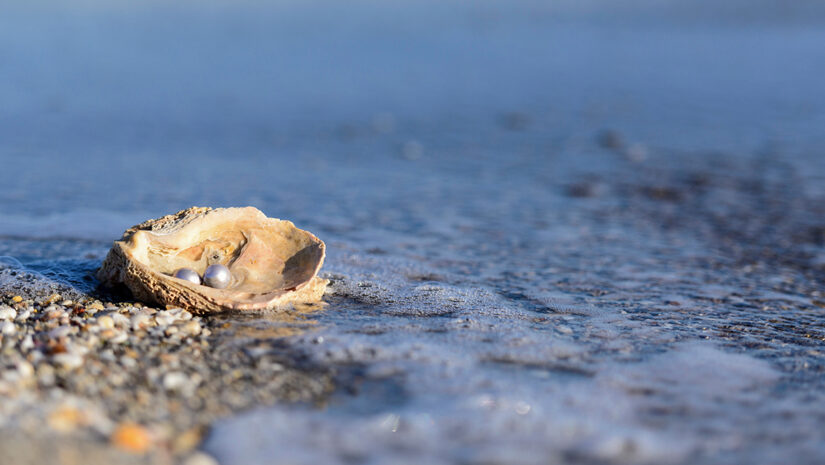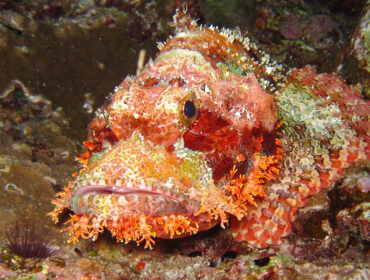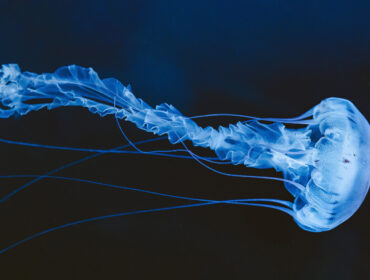Pearls are considered the ocean’s most valuable treasure, often fetching hundreds, thousands, or even millions of dollars in the market. Various factors, including size, shape, color, luster, and surface texture determine their value. The more perfectly a pearl scores on these criteria, the higher the price it commands. Considering that these exquisite gems originate from humble beginnings inside a mollusk is fascinating. Let’s explore how pearls are formed in the sea and what makes them so precious to humans.
While pearls are beautiful, the substance they are made of is quite ordinary for a mollusk. This substance is called nacre, which often has an iridescent appearance. Nacre, also known as “mother of pearl,” is a composite material made up of aragonite (a type of calcium carbonate) and sometimes calcite, all held together by proteins secreted by the mantle, known as conchiolin.
Mollusks produce nacre to protect themselves from parasites and debris, effectively encasing unwanted intruders in a beautiful layer of this material. This is the initial stage in the formation of pearls. When a mollusk detects an intruder or any damage to its mantle, it creates a pearl sac from external cells of the mantle tissue and begins to secrete nacre. This process is repeated multiple times until a solid pearl begins to form. Since each mollusk is unique, natural pearls are not always perfectly round or lustrous; the ones that achieve the highest prices in the gemstone market are the exceptions. The demand for these pearls has led to a cultured pearl industry that mimics the natural process of pearl formation to produce similar results.
For more insight into this topic, check out this beautiful segment from NatGeo on Australia’s pearl oysters, which showcases how some of the world’s most valuable pearls are formed.





